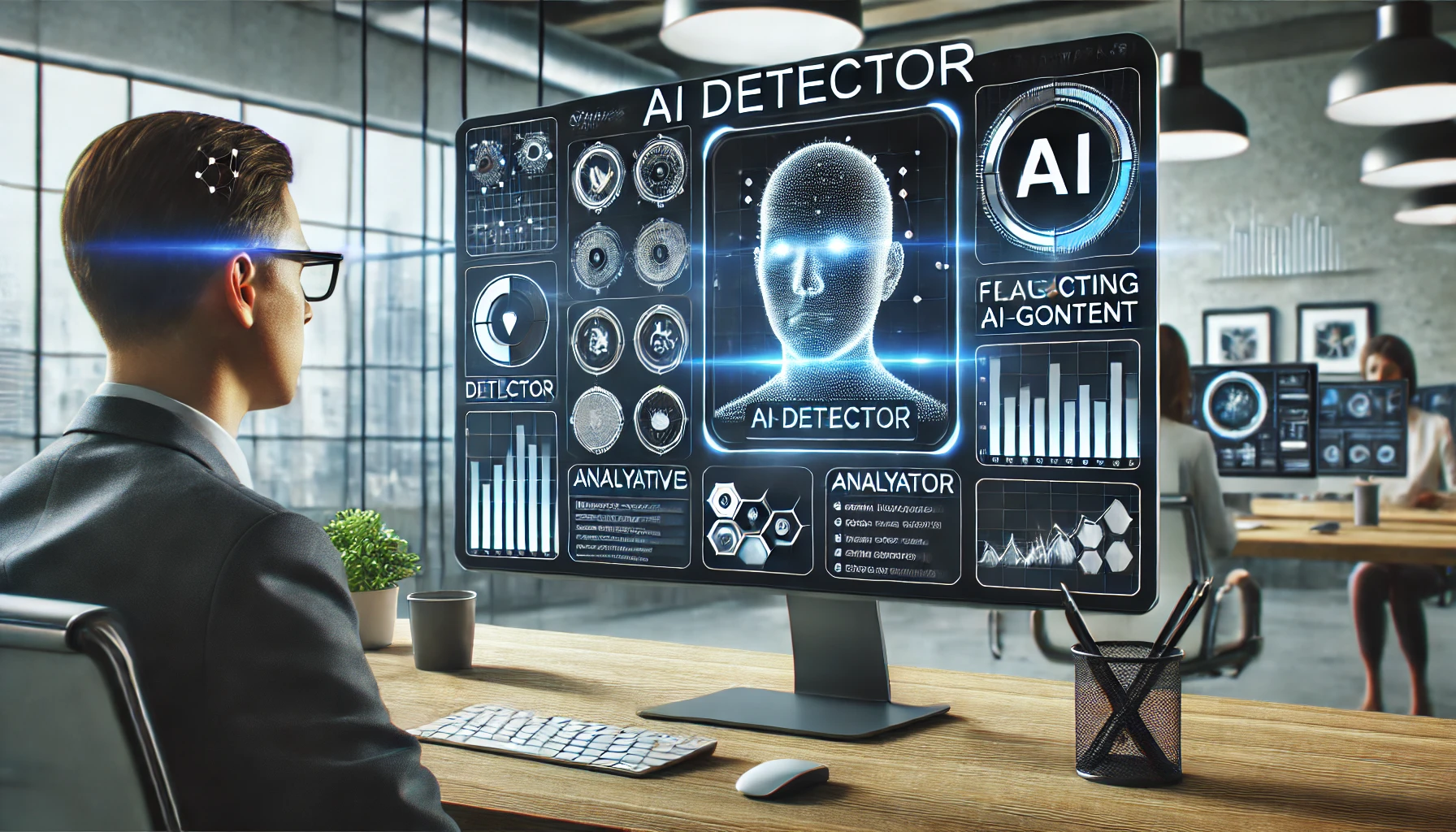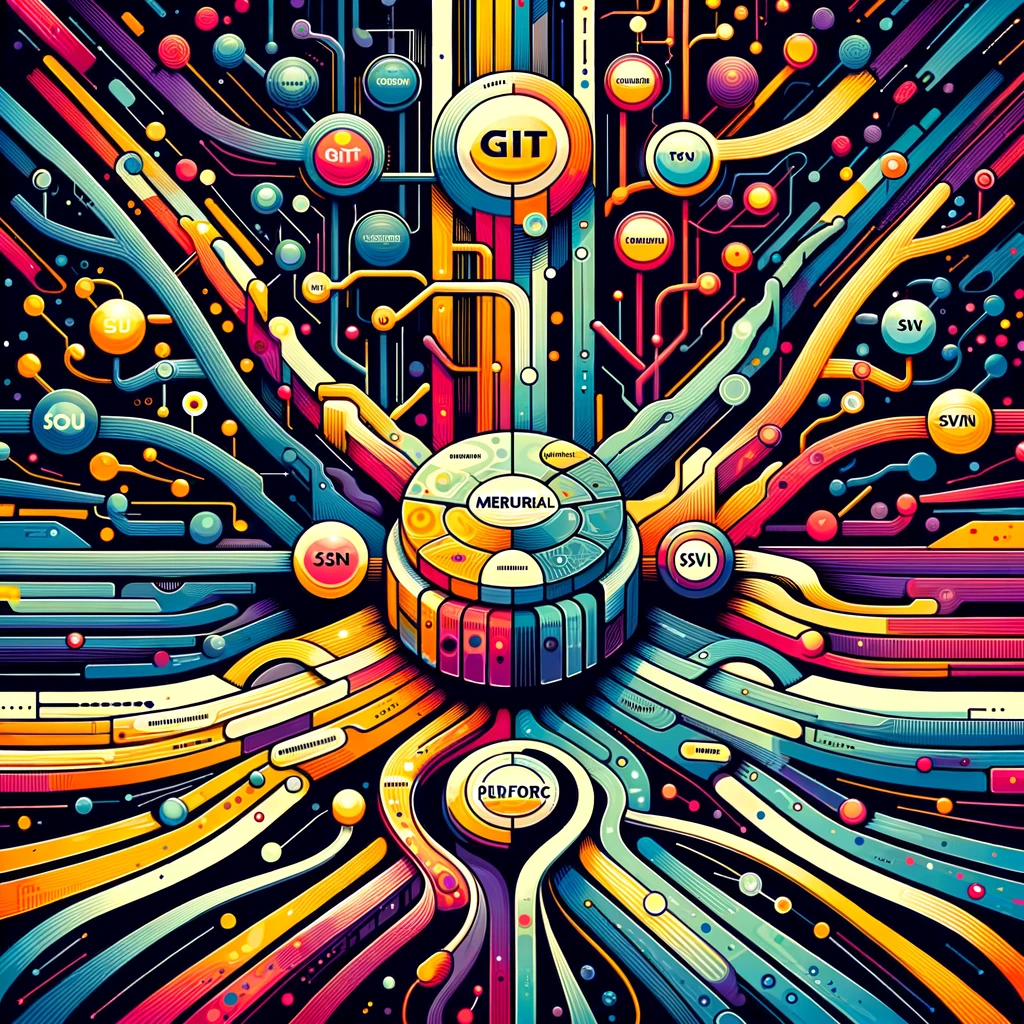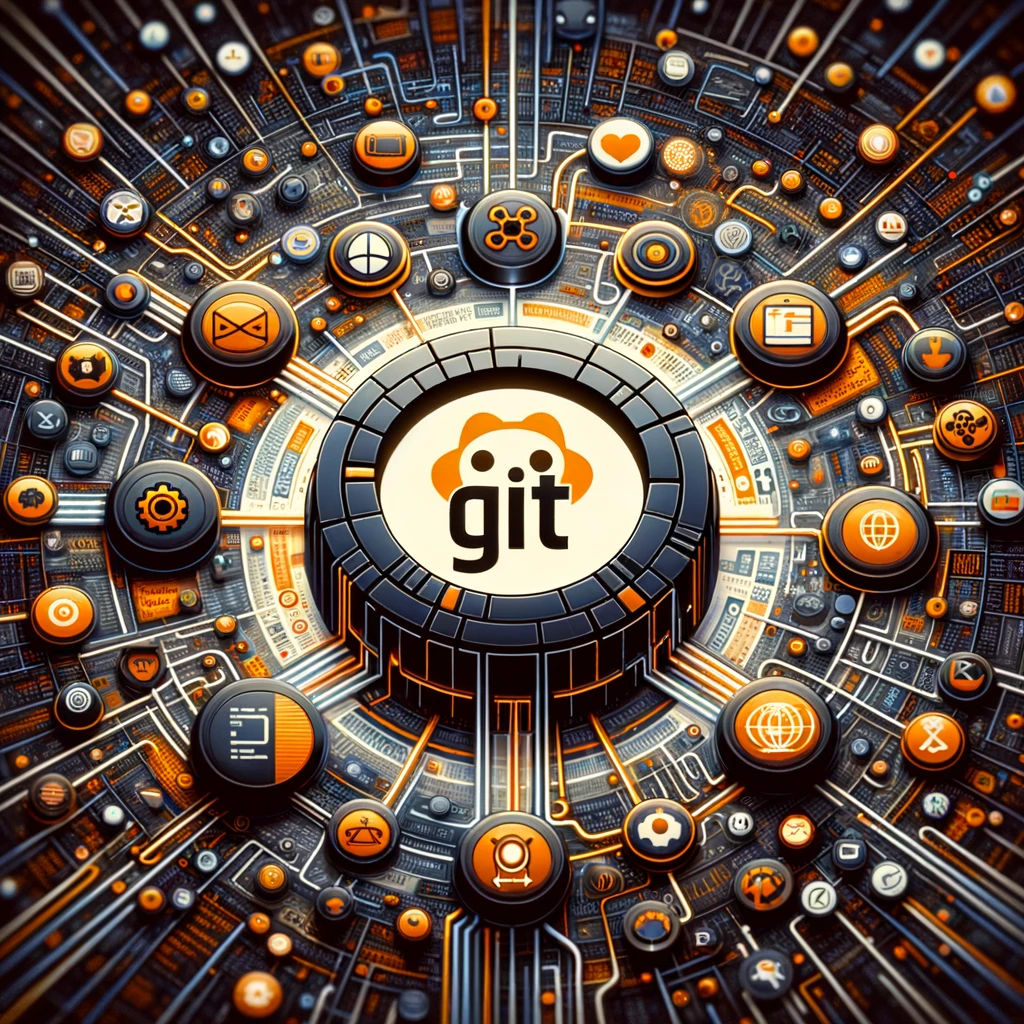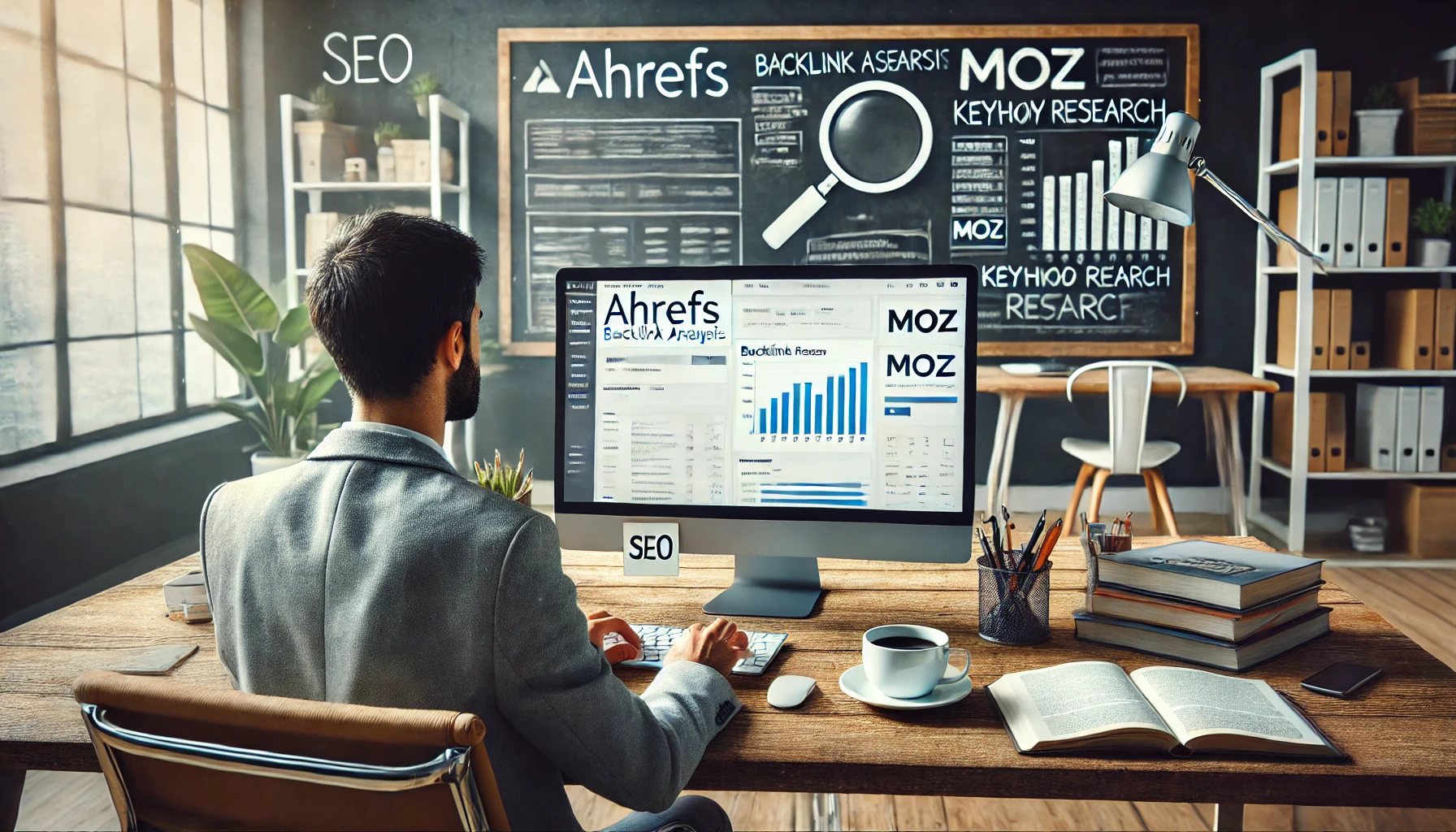Reading time: 6 minutes.
In the rapidly evolving world of artificial intelligence, the ability to detect AI-generated content is becoming increasingly crucial. As we move into 2024, advancements in AI technology are making it harder to distinguish between human-created and machine-generated content. This article explores the best AI detector tools available in 2024, examining their features, capabilities, and why they are essential tools in various fields such as academia, journalism, cybersecurity, and beyond.

The Rise of AI-Generated Content
Artificial Intelligence has seen exponential growth in recent years, with machine learning models becoming more sophisticated and capable of producing highly realistic content. These models, such as OpenAI’s GPT-4 and its successors, can generate text, images, and even videos that are indistinguishable from those created by humans. While this technology offers numerous benefits, it also poses significant challenges, particularly in areas where authenticity and originality are paramount.
The proliferation of AI-generated content has led to concerns about misinformation, academic dishonesty, and the erosion of trust in digital media. As a result, the demand for reliable AI detection tools has surged. These tools are designed to identify and flag content produced by AI, helping to maintain the integrity of information and prevent potential misuse.
Key Features of the Best AI Detector Tools
To be effective, AI detectors must possess several key features:
- Accuracy: The detector must accurately distinguish between human and AI-generated content.
- Scalability: It should handle large volumes of data efficiently.
- Speed: Rapid detection is crucial, especially in time-sensitive scenarios.
- User-Friendliness: The tool should be easy to use, with a clear interface and minimal learning curve.
- Adaptability: It must stay updated with the latest AI models and techniques to remain effective.
With these criteria in mind, let’s explore the top AI detectors for 2024.
1. OpenAI’s AI Detector
Overview
As a leader in the AI field, OpenAI has developed one of the best AI detector tools available. Leveraging its extensive experience with generative models like GPT-4, OpenAI’s detector is highly effective at identifying AI-generated content.
Features
- High Accuracy: The detector uses a combination of neural network analysis and linguistic pattern recognition to achieve a high accuracy rate.
- Continuous Learning: It continuously updates its algorithms to keep pace with new AI developments.
- User-Friendly Interface: The tool offers a simple, intuitive interface suitable for users with varying levels of technical expertise.
- Integration Capabilities: It can be easily integrated into various platforms, including content management systems and social media platforms.
Use Cases
OpenAI’s detector is widely used in academia to check for plagiarism, in journalism to verify the authenticity of sources, and in cybersecurity to detect deepfakes and other malicious AI-generated content.
2. Grammarly’s AI Writing Detector
Overview
Grammarly, known for its writing enhancement tools, has introduced one of the best AI detector tools available as part of its suite of services. This tool is designed to identify AI-generated text within written documents.
Features
- Contextual Analysis: It examines the context and coherence of text to differentiate between human and AI writing.
- Real-Time Detection: The detector works in real-time, providing immediate feedback as users write.
- Comprehensive Reports: Users receive detailed reports highlighting potential AI-generated content and offering suggestions for improvement.
- Cross-Platform Support: Grammarly’s detector is available as a browser extension, desktop application, and mobile app.
Use Cases
Grammarly’s AI detector is particularly useful for educators and content creators who need to ensure the originality of their work. It is also valuable for professionals who want to maintain the authenticity of their written communication.
3. Hive AI’s Media Authenticity Detector
Overview
Hive AI specializes in media analysis and has developed a powerful tool for detecting AI-generated images and videos. With the rise of deepfakes and synthetic media, this detector is essential for verifying the authenticity of visual content.
Features
- Advanced Image Analysis: The detector uses deep learning techniques to analyze image patterns and identify AI-generated elements.
- Video Verification: It can process and analyze video content to detect signs of manipulation or synthetic generation.
- Scalability: Hive AI’s detector can handle large-scale media analysis, making it suitable for media companies and social media platforms.
- Customizable Settings: Users can adjust sensitivity levels and other parameters to suit their specific needs.
Use Cases
Hive AI’s media detector is crucial for news organizations, social media platforms, and law enforcement agencies that need to verify the authenticity of visual content and combat the spread of misinformation.
4. Copyleaks AI Content Detector
Overview
Copyleaks, a well-known plagiarism detection service, has expanded its capabilities to include one of the best AI detector tools you can find. This tool is designed to ensure the originality of written content in various formats.
Features
- Multi-Language Support: The detector supports multiple languages, making it a versatile tool for global users.
- Detailed Similarity Reports: Users receive comprehensive reports that highlight potential AI-generated content and provide insights into text originality.
- API Integration: Copyleaks offers API integration, allowing businesses to incorporate the detector into their existing workflows.
- Educational Resources: The platform provides resources and tutorials to help users understand and mitigate the risks of AI-generated content.
Use Cases
Copyleaks’ detector is widely used in educational institutions to prevent plagiarism, in publishing to ensure content authenticity, and in corporate environments to maintain the integrity of internal communications.
5. Sensity’s Deepfake Detector
Overview
Sensity, a company specializing in deepfake detection, offers a state-of-the-art tool for identifying AI-generated video and audio content. With the increasing prevalence of deepfakes, this detector is an essential tool for maintaining trust in digital media.
Features
- Audio-Visual Analysis: The detector analyzes both audio and visual elements to identify deepfakes and other manipulated content.
- Real-Time Processing: It provides real-time detection, making it suitable for live broadcasts and streaming platforms.
- Comprehensive Database: Sensity maintains a database of known deepfake techniques, continually updating its detection algorithms.
- User-Friendly Dashboard: The tool features a dashboard that displays detection results and provides actionable insights.
Use Cases
Sensity’s deepfake detector is used by news organizations, social media platforms, and government agencies to combat the spread of manipulated media and ensure the authenticity of information.

The Future of the Best AI Detector Tools
As AI technology continues to advance, the challenge of detecting AI-generated content will only grow more complex. However, the development of sophisticated AI detectors provides a robust defense against the misuse of this technology. Looking ahead, several trends are likely to shape the future of the best AI detector tools:
1. Enhanced Collaboration
Collaboration between AI developers and detection tool creators will be crucial. By sharing knowledge and techniques, the AI community can develop more effective detection methods that stay ahead of emerging threats.
2. Integration with Blockchain
Blockchain technology offers a promising avenue for ensuring content authenticity. By creating immutable records of content creation and modification, blockchain can provide a transparent and tamper-proof way to verify the origins of digital content.
3. AI-Powered Detection
Ironically, the same technology used to generate content can also be leveraged to detect it. AI-powered detection tools that use machine learning to identify subtle patterns and anomalies will become increasingly important.
4. Public Awareness and Education
Raising public awareness about the existence and capabilities of AI-generated content is essential. Educational initiatives that teach people how to recognize AI-generated content and the importance of using detection tools will help mitigate the risks associated with this technology.
5. Regulatory Measures
Governments and regulatory bodies will play a significant role in shaping the future of AI detection. Implementing policies and standards for AI-generated content can help ensure that the technology is used responsibly and ethically.
Conclusion
The best AI detector tools represent a critical line of defense in the battle against misinformation, academic dishonesty, and digital manipulation. Tools from leading companies like OpenAI, Grammarly, Hive AI, Copyleaks, and Sensity provide robust solutions for identifying AI-generated content across various formats. As AI technology continues to evolve, so too must our strategies for detecting and mitigating its potential risks. By staying informed and utilizing the best detection tools available, we can ensure the integrity and authenticity of the digital information we rely on every day.





